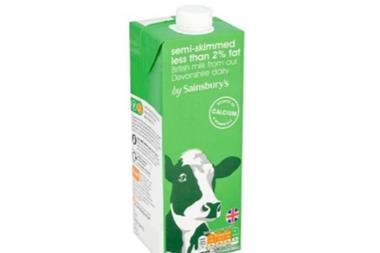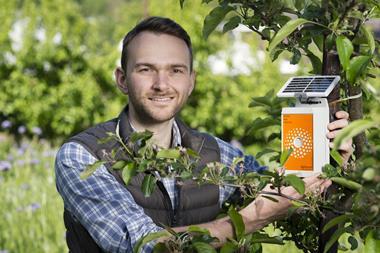
Mass spectrometry (MS) in many different formats has been an essential tool for chemical and biological analysis for over 100 years, enabling vital breakthrough discoveries in fields ranging from nuclear research through to identifying novel biomarkers of cancer.
MS in simple terms will accurately identify molecules and elements – often in complex mixtures (or matrices) – at very high sensitivity, by separating the matrix into its fundamental constituents and accurately measuring their mass. Varying scales and complexities of MS can offer different levels of sensitivity, resolution, mass range, speed of analysis and ease of use.
For example, the unrivalled molecular resolution and sensitivity of MS can help us determine the presence of more than 400 pesticides in residues of school fruit and vegetables, down to a few parts per billion concentrations. Or it can help us understand why, for example, packaged meat may develop an ‘off’ flavour if a packer has an issue in the production process.
This latter example is an illustration of how MS has developed and helped us evaluate and solve potential problems in the food chain, from a non-targeted or problem-solving or ‘forensic’ perspective.
Borrowing Donald Rumsfeld’s rhetoric: for food safety there are known ‘knowns’ (such as veterinary medicine residues in animal products); known ‘unknowns’ (such as pesticide residues long since considered out of use and not routinely surveyed); and unknown ‘unknowns’ (for example, other chemical residues, breakdown or bi-products and other internal or external contaminants, which can be potentially harmful but which are unpredicted). In all cases, the molecular specificity and analytical sensitivity of MS is uniquely powerful for identifying true composition.
Another example where MS flourishes is in authenticity, often directly linked to safety. MS allows us to fingerprint bio-chemically and/or geographically locate what is ‘normal’ or authentic, and test suspect samples against this normal. Consider scotch whisky, saffron or manuka honey, all of which are premium products known to have been substituted fraudulently and revealed by MS analysis.
For example, Fera developed novel MS methodology to determine authenticity and identify contamination of other meat species in complex cooked meat products during the horsemeat scandal. This breakthrough provided a much faster and more accurate determination, replacing older genetic-based methodology.
Authenticity may not immediately seem like a food safety issue and instead more of a brand protection concern – however, unfortunately, sometimes the substitution of ingredients or production processes in fraudulent products have grave consequences. For example, the addition of melamine in infant formula to fraudulently increase apparent protein content has presented huge safety issues in the past.
In conclusion, it can be seen that high-quality and expert MS is an essential analytical tool in the food safety laboratory. Without the sensitivity and molecular specificity of MS, the low limits of detection required to meet EU food safety standards could not be met. Moreover, the improvements in sensitivity of MS in recent years have allowed those regulatory authorities to impose still stricter and, therefore, safer food legislation.



















No comments yet